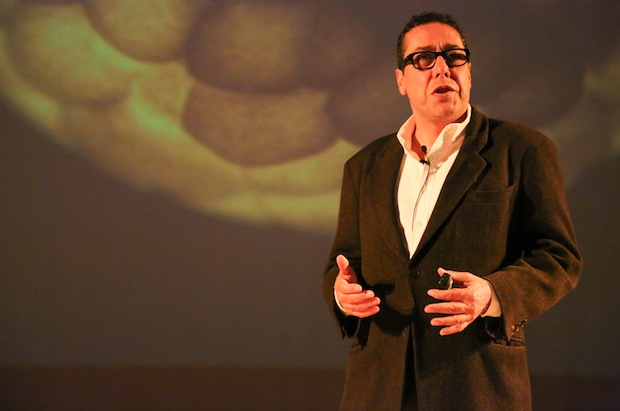One of the most frequently discussed topics in education today is what US educators and educational policy-makers call “STEM”, an acronym which stands for “Science, Technology, Engineering and Mathematics”. And while the definition of STEM varies from one person to the next, most would agree that this term suggests at once the priority of teaching our students about each of these four subjects in its own right and that of emphasizing how the four disciplines also converge to form an integrated area of study. I myself have long wanted to write about STEM in this blog and if you follow my twitter feed (@seanlynchlfny) you will find that I have tweeted many a resource about one aspect or another of the concept(s) at hand.
There is so much we might discuss about this exciting topic that choosing where to begin is a challenge. Should we start with the point that one of our most pressing obligations in the 21st Century must be to teach a sophisticated level of STEM to all of our students, regardless of the paths which they may ultimately decide to pursue in their lives? With the fact that schools need to provide opportunities for further, dare I say limitless exploration of the STEM domain to those students who are especially keen on discovering more about it? With the point that we should be paying particular attention to the question of how best to inspire female students about STEM, given the fact that they are just as capable in this domain as their male counterparts, but are far less likely to devote their futures to it?
Ali Brivanlou at the LFNY on Wednesday, April 17 2013.
One common thread when addressing all of these questions, it struck me yesterday, in the midst of watching our eight grade students talk with one of the most accomplished scientists in the world, Dr. Ali Brivanlou, the Robert and Harriet Heilbrunn Professor at Rockefeller University and Director of the Laboratory of Molecular Vertebrate Embryology there (see the video of his presentation below), is the importance of exposing our students as much as possible to the actual practice of STEM, both directly by asking them to be STEM actors themselves and indirectly by allowing them to learn from STEM pioneers in the field. The first aspect depends a great deal on the nature of our curriculum, which thankfully in the French educational system is highly experiential, due in large part to input from the Nobel prize-winning physicist Georges Charpak and what he called the “main à la patte”. But more on this point in a later post.
What I would like to emphasize today is just how invaluable it is that we also continue doing what our outstanding science faculty (and Pascale Richard, the Director of our Cultural Center) did this past Wednesday, i.e. give our students, in this case our budding molecular biologists, the chance to interact with the leading practitioners of our times. After a mesmerizing talk entitled, “Once Upon a Time There Was a Tadpole…”, in which he recounted how one fertilized egg can lead to the exquisite complexity of the human brain, Professor Brivanlou opened himself up to questions from our Quatrieme classes. “When there is hemispherectomy”, asked one of our students, “an individual can still survive and become an adult. Does that mean that cells can change their functions?” And “how”, asked another, “do the cells which ultimately become the brain block out the signalling which is leading other cells to become other things?” I could go on about the phenomenal excitement which Dr. Brivanlou created, but my point is a simple one: we are absolutely right to approach STEM-related teaching and learning from beyond the textbook!
About the Author :
Sean Lynch was Head of School at the Lycée Français de New York from 2011 to 2018, after having spent 15 years at another French bilingual school outside of Paris: the Lycée International de St. Germain-en-Laye. Holding both French and American nationalities, educated in France (Sciences Po Paris) and the United States (Yale), and as the proud husband of a French-American spouse and father of two French-American daughters, Sean Lynch has spent his entire professional and personal life at the junction between the languages, cultures and educational systems of France and the United States. In addition to being passionate about education, he loves everything related to the mountains, particularly the Parc National du Mercantour.


